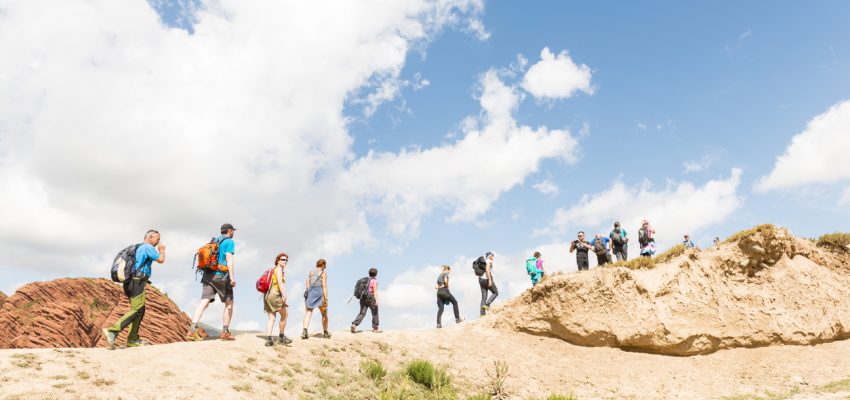Over the past two decades, erosion levels have increased dramatically compared to the last 100 years. This is likely linked to the increased use of resources that technology demands. There are a few places that are at a higher risk of erosion. These areas include land surrounded by large bodies of water where waste is deposited, and areas that are the site of massive construction or fracking. There are protocols for repairing damages associated with erosion, however, the costs are sometimes not within the scope of a company’s budget – there are however a wide range of erosion control solutions in South Australia, these can usually cater to a wide variety of budgets. In most cases, specially engineered tools are used to limit the amount of erosion
Some of the most commonly used tools are straw wattles for erosion control. These massive tubes are designed to mitigate the erosion process by capturing sediment and sinking water back into the ground. The tubes are either made from plastic or some type of fiber material. They are stuffed with straw or other material with good absorption properties to collect incoming sediment. The process for installing the tubes involves placing them underground at the site where erosion is most likely to occur. Sites that are on a slope or downhill are the most common areas to use the tubes. The gravitational pull causes loose sediments to collect at the bottom of hilly areas, where they are absorbed by the tubes. Most tubes are over 10 feet in diameter and can range from 10 to 30 feet in length. Due to their size, a relatively large site must be dedicated to placing the straw wattles.
Straw wattles are generally designed to be left in place. However, there is usually a routine inspection that is performed to ensure the integrity of the tube upholds. If the tube is severely damaged, this can lead to more problems than before the tubes were installed. Accumulation of damaged tubes underground can lead to a concentrated buildup of harmful sediments which can cause an acceleration in the erosion process. It will also disrupt the natural habitat of animals that live underground, which can lead to further, unpredicted consequences.
There are common causes of poor implementation of straw wattles. Improperly installed straw waffles will lead to improper trenching and water will simply overflow, bypassing the tubes. Thereby resulting in further erosion. This can also cause the tubes to break down faster which will lead to more expenses in repairs or replacement. The other common issue is poor positioning of the straw wattles. Sometimes the tubes will do their job and redirect the water, however, the new destination site creates damage in another location. This leads to large pockets of the ground sinking in.
The process of erosion is sometimes an indirect effect of changes in modern living. More resources are being used at an accelerated rate, and this is having an adverse impact on the environment, namely, a sea-level rise. A rise in sea-level leads to further erosion. This is referred to as erosion by water. The sediments and other materials that are swept from shorelines and other surrounding environments are redeposited to other geographical locations. This causes the soil of the affected location to become loose.
In serious cases, erosion can become dangerous if not properly controlled. One of the most common cases of the effects of erosion are landslides, where large amounts of rocks and other materials slide down a hill, causing damage to everything in its path. This incidents involving erosion are responsible for many accounts of collateral damage in numerous areas around the world. Cities that are located in coastal areas are most noticeably affected.
One of the most cost-effective methods to reduce erosion is a decrease in natural resource expenditure, as well as optimizing and refurbishing existing drainage systems. The would require effort from smaller communities and larger executive branches. Another simpler and possibly cost-effective solution is to invest in research for the development of more eco-friendly technology. This will slow down the rise in sea level and lower incidents of water erosion at the very least.




